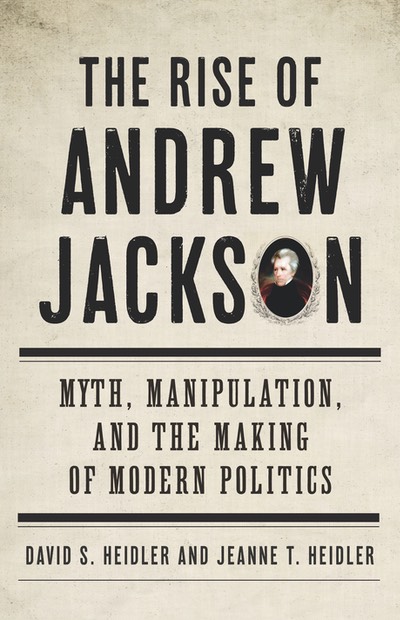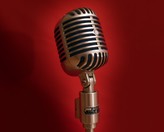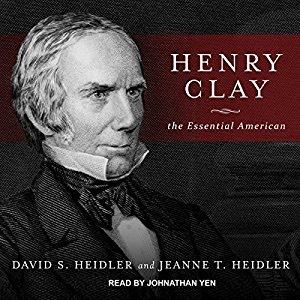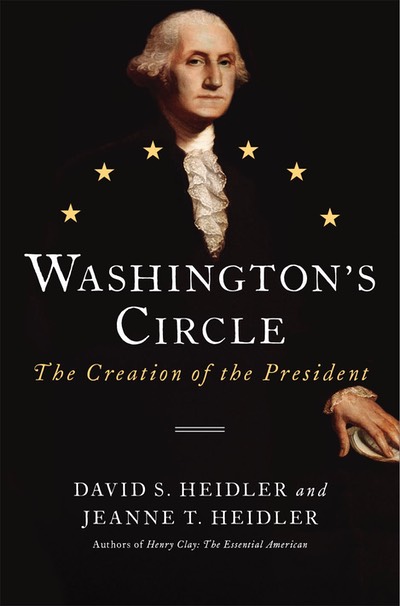The initial cut turned
into a wholesale excavation
Just weeks after his inauguration, President GeorgeWashington nearly died. Horse back riding was his favorite exercise, and he worked off nervous energy by overdoing it. A small irritation on his left buttock transformed from a minor saddle sore to a painful boil. To preserve presidential dignity, public reports described the location as Washington’s upper thigh, but nothing in the days that followed could disguise the fact that the wound was turning into a serious infection.
As it grew outward and inward, a tumor hardened beneath the skin. It was already large and ominous by the time doctors were summoned. They recognized what was wrong right away. Cutaneous anthrax is usually transmitted by the contact of an open wound with an infected animal, which is likely what turned Washington’s carbuncle into the telltale sore of flaming red skin with a black circle in the center, the site of the infection.
The doctors measured the mass. Washington was lucky to be alive. The tumor had grown to the size of two fists, and Washington’s fever was high enough to be considered “threatening.” The doctors called in reinforcements.
On June 13, 1789, Dr. Samuel Bard arrived at the presidential residence on Cherry Street to examine the President who by now was so ill he couldn't get out of bed. Bard did not at all like what he saw. Washington wanted the hard truth, though, even if it was the worst news he could receive. “Whether tonight, or twenty years hence, it makes no difference,” he said. “I know that I am in the hands of a good providence.”
Washington was also now in the hands of Samuel Bard, an extraordinarily gifted physician who had received an education so extravagantly funded that paying for it had nearly ruined his father. Born in Philadelphia, Samuel Bard had attended King’s College where his artistic talent and love of horticulture nearly steered him from medicine to botany. Yet he left for Europe in 1761 to study in France, England, and finally in Scotland where he earned his medical degree in 1765 from the University of Edinburgh, then the finest seat of learning for what was still a dark art. Doctors bled patients, blistered them with hot glasses, packed them in mustard plasters, and engaged in scores of ancient and medieval treatments that persisted in the belief that a balance of bodily fluids was obligatory for good health.
Washington usually gave doctors a wide berth. He had a fatalist's conviction in providence as he expressed to the frowning Dr. Bard. He also had the valid belief that once in a doctor’s care the chances of survival became quite slim. He viewed sickness as something to let pass as it had come. That Bard was in Washington’s bedroom at all was evidence of how very ill the President was.
The good doctor was forty-seven, ten years Washington’s junior, and from a completely different world. Yet the two were remarkably similar. In a strange twist on the old myth about Washington cutting down the cherry tree, Bard as a boy had tried to protect a servant who broke his father’s cane by claiming he had done it. John Bard praised the deed but punished the lie. Like Washington, Bard had become an early riser because he found the hours when others slept the most productive time of the day. Like Washington, he was frugal and took his obligations seriously. When Bard returned from Europe to find his father, also a physician, more than £1000 in debt for his education, he delayed his marriage and became a volunteer in his father’s practice for three years to retire the debt.
Bard also resembled Washington in his public service. He led the way in establishing the medical school at King's College and tirelessly promoted the construction of public hospitals for treatment and instruction. And like Washington, Samuel Bard’s bearing commanded respect. His portrait shows a swarthy man with a strong chin, wide brow, and a large nose, the tip of which almost curves over his mouth. His lower lip protrudes to give him an impatient air, which is reinforced by knitted eyebrows, as though he has just been contradicted by a willful patient.
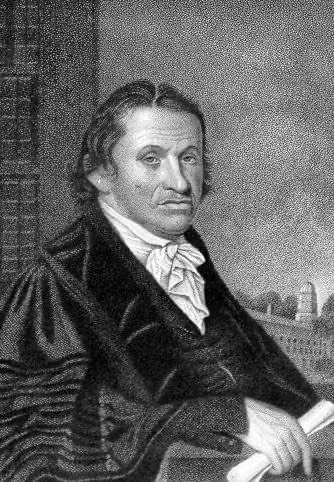
Samuel Bard
A willful patient was not what he had in George Washington. The President did not rely on doctors as a rule, but he did not quarrel with them once they were consulted. Bard was going to try to save Washington’s life, and he wasn’t sure on June 13 that doing so was possible. The matter was so doubtful, in fact, that he asked his father to join the case. After two days of thought, they settled on surgery as their only option. Washington would die if the infected tumor remained. Surgery was dangerous, an invitation to equally toxic infections, and it was physically barbarous, but they had no choice. Washington consented to the operation.
It took place in Washington’s bedroom in the presidential residence on June 17. Bard’s father came to help. After a brief preparation, Samuel Bard made the first incision with his scalpel and commenced cutting away the infected mass. There seemed no end to it, and Bard's initial cut turned into a wholesale excavation. Washington had no anesthesia, but he neither flinched nor made a sound. The elder Bard knew that leaving in place any of the infected area would make the operation pointless, so he blurted out as Samuel seemed to pause, “Cut away — deeper, deeper still!” The son continued slicing. “Don’t be afraid,” John Bard exclaimed, not to Washington but to his son; he glanced at the President, certainly in amazement, and said, “You see how well he bears it!”
Washington bore it well enough to let the two doctors finish the grisly task and close the wound. A silent crowd had assembled on Cherry Street. They were a metaphor for the government that had to contemplate losing its best hope of survival by losing the country’s only real hope in George Washington. Efforts at secrecy were no more effective then than they are now, and citizens knew the signs of dire illness by the frequent visits of whispering doctors with worried frowns. Samuel Bard stayed at the Cherry Street house for days after the operation, not sure which way his patient would go. When Washington’s fever broke and his appetite returned, Bard knew. The man would live.
Washington was badly mangled, however, and could not sit normally for weeks. When he resumed work and eased back into a partial social schedule at the end of July, he found it difficult to stand, impossible to sit, and embarrassing to recline. Washington’s secretary blocked off Cherry Street with rope barriers to divert passing carriages and had the sidewalks covered with straw to muffle pedestrian footsteps. Sleeping was almost as impossible because his left side was tender and using his right side soon made it numb.
Washington gradually returned to a public routine, a painful way to reassure the worried public by appearing in a carriage fitted out with a mattress so he could rest on his side. He began receiving visitors for no other reason than to show people he was not a complete invalid or a partial vegetable. It worked, and public concern waned. Even Samuel Bard's frequent visits that continued into autumn did not cause alarm.
It was providential that Samuel Bard was in New York City to save George Washington’s life at the beginning of his presidency. The doctor certainly thought Washington’s escape quite narrow and his recovery something of a miracle, for Bard had no illusions about the fragile balance between life and death. Four of his six children died from scarlatina, what that generation called scarlet fever, and he knew what high temperatures could do to the body and the mind before shutting them down.
Scarlet fever often was signaled by the onset of strep throat, and for personal reasons Bard became an expert in diseases of the throat, publishing a widely read and highly regarded study about their causes and treatments. Ten years after his crucial operation on George Washington, Bard’s expertise would have been most useful when Washington, on a cold December morning, awakened in his bed at Mount Vernon and told Martha it hurt him terribly to swallow.
